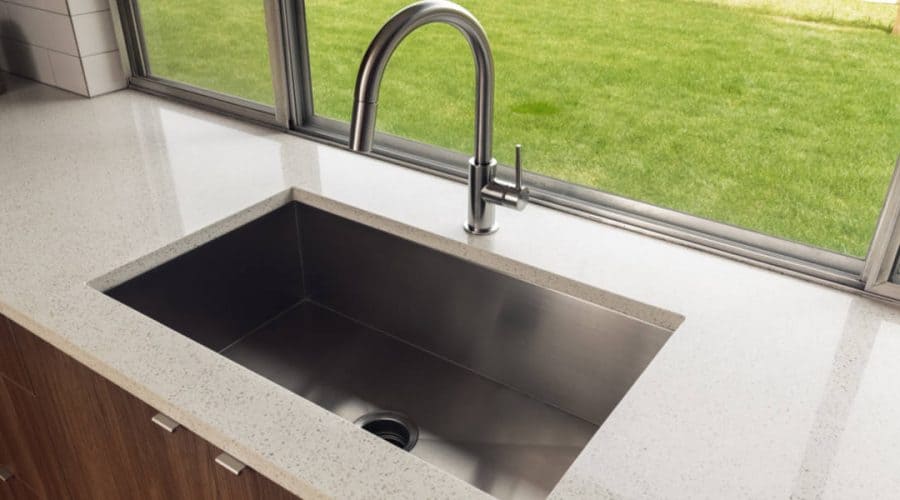Aluminium alloy 1050a has one of the higher thermal conductivity values at 229 w m k but is mechanically soft.
Heat sink materials comparison.
The gauge or thickness of material you choose for a stainless steel sink will be a deciding factor in the total price.
Some materials are highly durable and resistant to stains scuffs and scratches while.
Aluminium alloys 6060 and 6063 are commonly used with thermal conductivity values of 166 and.
Design factors which influence the thermal performance of a heat sink.
It is also available at different price points to suit any budget.
Each has its own advantages.
Simply put the greater the temperature difference between the object in our application the heat generating component and its ambient surroundings the air or other material around the heat sink and the larger the heat sink the faster the heat will be neutralized.
Rated by gauge most are between 16 and 22 gauge.
Let s talk about the main differences between them.
It s also important to keep in mind that heat sinks can be made from different materials.
Resistant to both heat and stains a stainless steel kitchen sink offers a surprising number of finish and style options.
Here is a side by side comparison of seven of the most popular materials for kitchen sink manufacturing.
Stainless steel sinks are the choice of many homeowners thanks to their durability longevity and cost effectiveness.
There are two materials generally used to make heat sinks.
Heat sinks are usually made from aluminum or copper.
Heat sink design.

